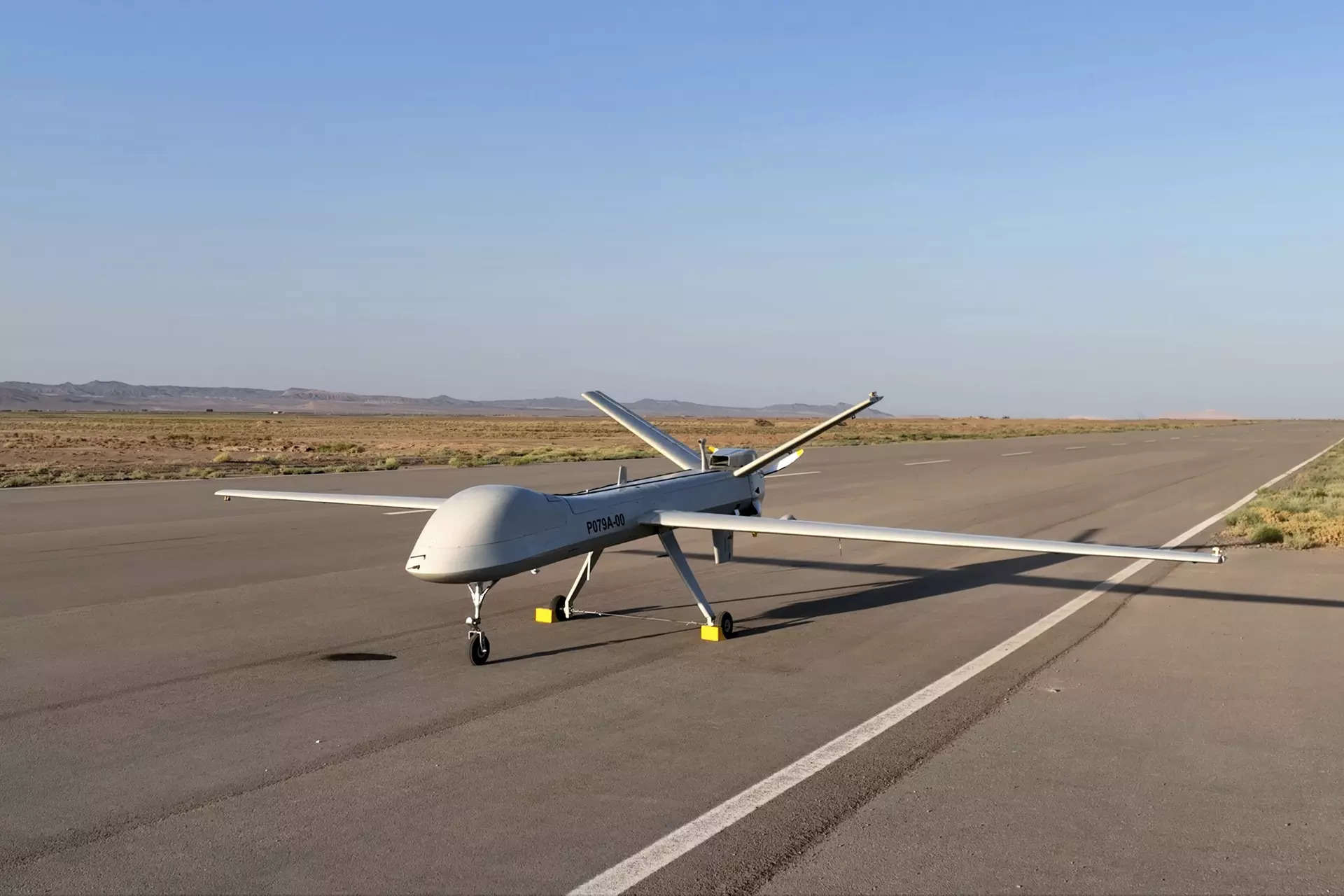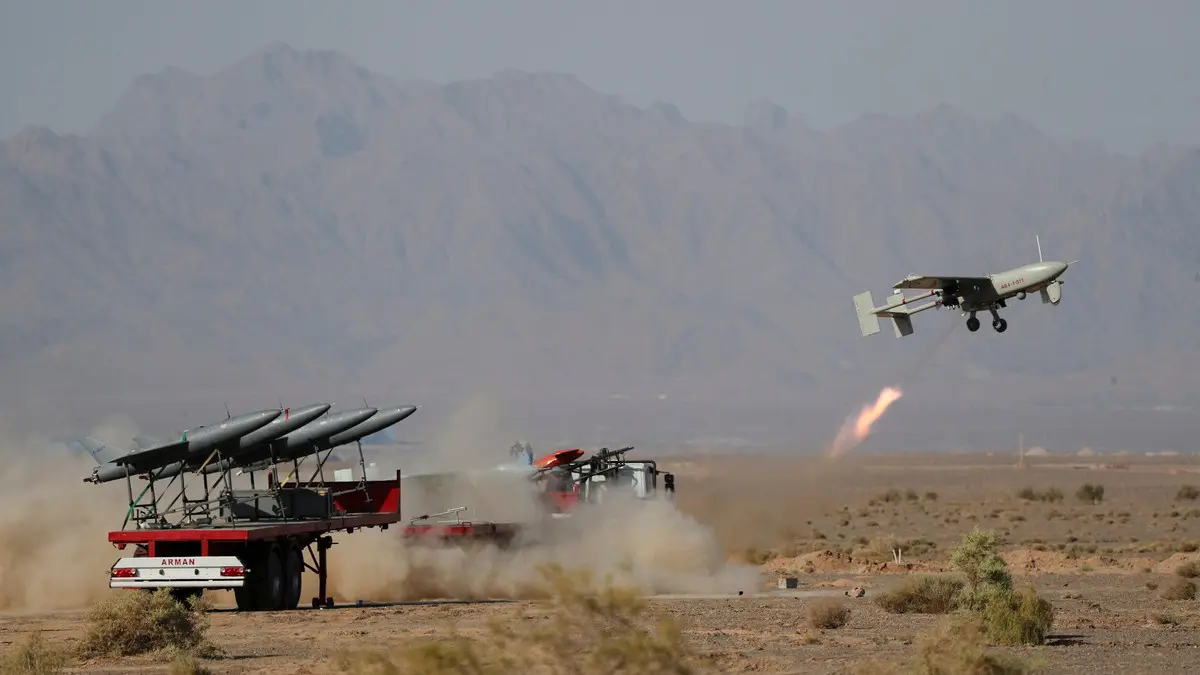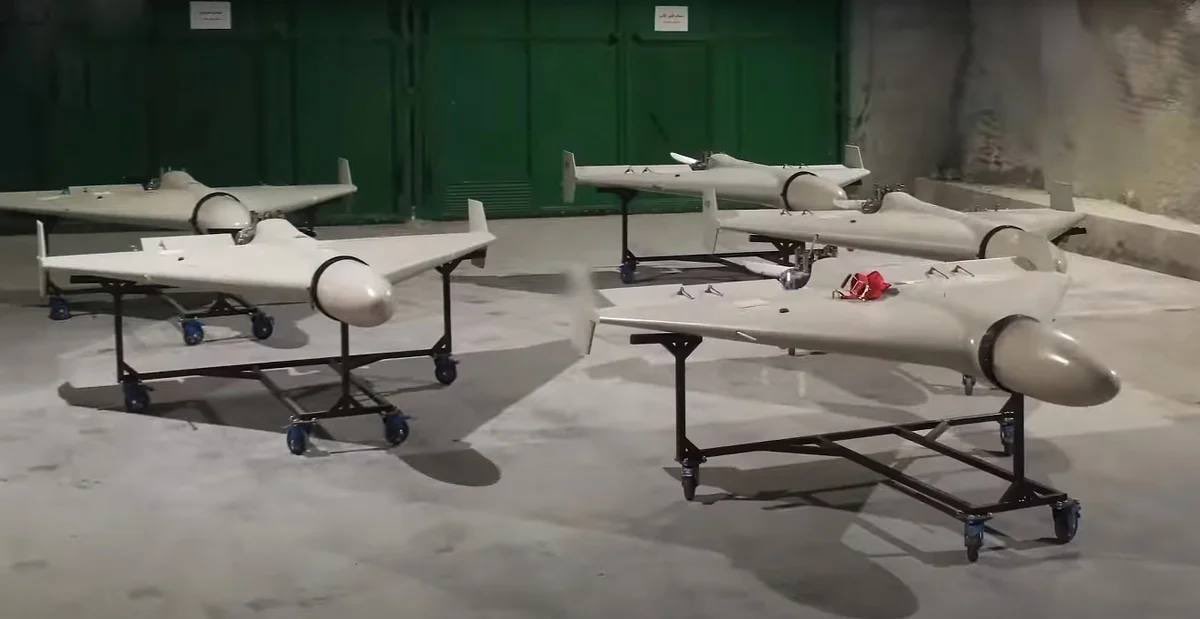“Impressive Performance” of Iran’s Kamikaze Drones Draws Interest from Europe, West
Iranian Defense Ministry spokesperson Brigadier General Reza Talaie-Nik, as quoted by the Tasnim news agency, stated that Iran is ready to export these kamikaze drones to the undisclosed countries if it provides strategic, diplomatic, commercial, and industrial advantages to the Persian state.
(DEFENCE SECURITY ASIA) – An Iranian general claims that the “impressive performance” exhibited by the country’s kamikaze drones in the current Russia-Ukraine conflict has opened the eyes of Western countries, including those in Europe, to consider acquiring drones from a country they deemed as their “enemy.”
Iranian Defense Ministry spokesperson Brigadier General Reza Talaie-Nik, as quoted by the Tasnim news agency, stated that Iran is ready to export these kamikaze drones to the undisclosed countries if it provides strategic, diplomatic, commercial, and industrial advantages to the Persian state.
“There has been a sudden surge in interest from potential customers to obtain Iranian-made drones. Iran is ready to export them after considering its production capacity and domestic needs,” he said.
He also mentioned that Iran would sell the drones if no political or security considerations are imposed on potential customers and if there is assurance that the drones will not be used for malicious purposes.
However, the Iranian general did not disclose the names of potential customers, including Western and European countries, interested in Iran’s drones.

In recent months, Iran has reportedly exported various types of drones to Russia to support its military campaign in Ukraine.
Among these are the Shahed-131 and Shahed-136 kamikaze drones designed to explode upon hitting their targets.
The Mohajer-6, on the other hand, is used for Intelligence, Surveillance, and Reconnaissance (ISR) tasks.
Due to their notable performance, Russia has collaborated with Iran to establish a drone manufacturing facility in Yelabuga, Tatarstan, to ensure a continuous supply of these kamikaze drones from the Persian nation.
It is remarkable that despite facing strict economic sanctions from the international community, Iran has been able to develop its defense industry and produce various types of weaponry.
Apart from China, Iran manufactures various types of drones and ballistic guided missiles capable of threatening the interests of the United States, Israel, Western countries, and their proxies.

Meanwhile, a British-based independent research group called Conflict Armament Research (CAR) reported that 82% of the components of Iranian drones used by Russia in Ukraine were made by U.S. companies.
CAR conducted a study on the Shahed-131, Shahed-136, and Mohajer-6 drones.
“We found 500 different components in these three Iranian drones. We identified that these components were manufactured by 70 companies from 13 different countries.
And 82% of these components were made in the United States,” said Damien Spleeters, who led the research group.
Most of these components were produced in 2021 and 2022, with many originating from the United States and European Union countries, despite Iran facing stringent military sanctions from these nations, he added.
This indicates that the sanctions imposed on Iran are not effective, according to Spleeters.
The Iranian company responsible for manufacturing these drones, Iran Aircraft Manufacturing Industries Corporation (HESA), has been under U.S. sanctions since 2008.

Besides discovering advanced semiconductors in Iranian-made weapons, the research group also identified cheap and readily available chips used in military systems, which are also widely used in civilian goods.
The research group stated that their analysis of Iranian drones since 2017 shows that these systems have become not only more sophisticated and modern but also more capable in terms of performance.
Electronic components found in Shahed drones indicate that they are capable of flying directly to their targets even when subjected to electronic interference, thanks to satellite navigation modules allowing them to operate in areas where satellite navigation signals are jammed.
“There has been a significant improvement in the capabilities of these Iranian drones. They (Iran) have successfully added more capabilities and resilience to the weapon systems they export,” said Prof. Chris Miller, author of “Chip Wars” and a lecturer at Tufts University. — DSA

DEFENCE SECURITY ASIA APPS
To advertise contact admin: haikalhamas73@gmail.com


Comments are closed.